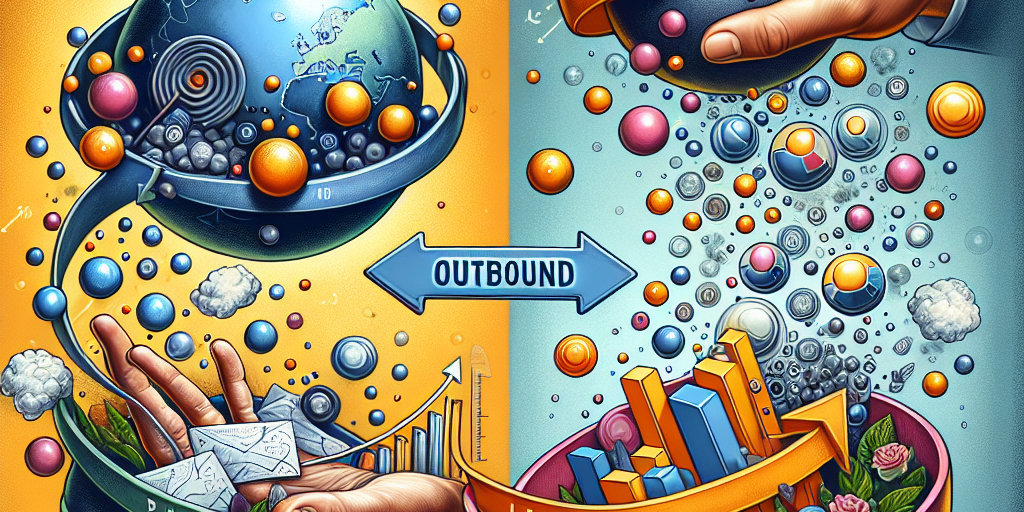Marketing has been a crucial aspect of business for centuries, but in recent years, the landscape of marketing has drastically changed. The traditional outbound marketing tactics that once dominated the industry have taken a backseat to the more modern inbound marketing strategies.
Outbound marketing, also known as traditional marketing, involves pushing a message out to a large audience through mass media channels such as TV commercials, print ads, billboards, and cold calling. This type of marketing is intrusive and often interrupts the consumer’s daily routine. Inbound marketing, on the other hand, focuses on attracting customers by creating valuable content and engaging with them in a more personal and meaningful way.
The rise of the internet and social media has been a game-changer for marketing. With the ability to research products and services online, consumers have become more empowered and skeptical of traditional advertising tactics. This shift in consumer behavior has forced companies to adapt their marketing strategies to stay relevant in a rapidly changing digital world.
Inbound marketing relies heavily on content creation, such as blogs, social media posts, videos, and podcasts, to attract and engage potential customers. By creating valuable content that educates and entertains consumers, businesses can build trust and credibility with their target audience. Inbound marketing also focuses on building relationships with customers through personalized communication and providing solutions to their problems.
One of the key benefits of inbound marketing is its ability to target specific audiences and track the success of marketing campaigns through analytics and data. This allows businesses to tailor their messaging and content to the unique needs and preferences of their customers, resulting in higher conversion rates and improved ROI.
However, outbound marketing still has its place in the marketing mix. While it may not be as effective as inbound marketing in today’s digital age, traditional marketing tactics can still be useful in reaching a broader audience and building brand awareness. Combining both inbound and outbound strategies can create a comprehensive marketing approach that reaches a diverse range of consumers.
In conclusion, the evolution of marketing from outbound to inbound strategies highlights the importance of adapting to changing consumer behavior and technologies. By embracing the power of content and personalization, businesses can connect with customers in a more authentic and meaningful way. As the marketing landscape continues to evolve, it is essential for companies to stay agile and innovative in their approach to engaging with consumers.







